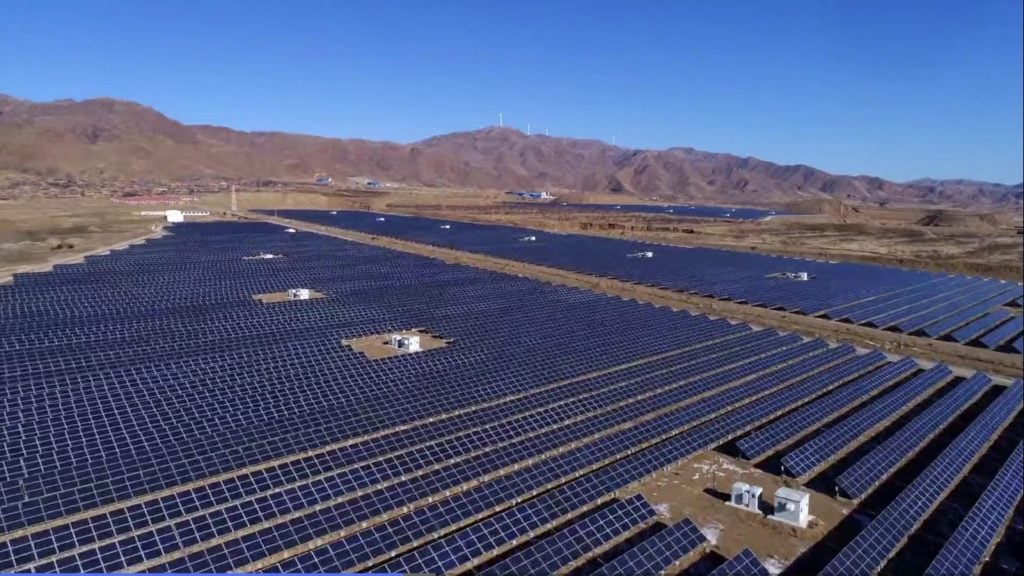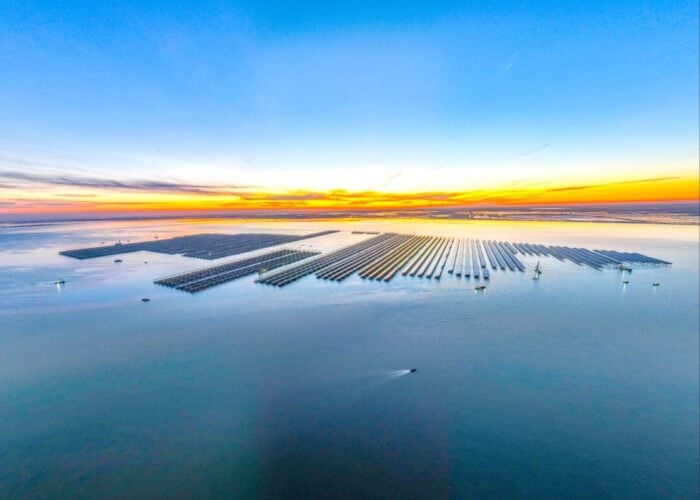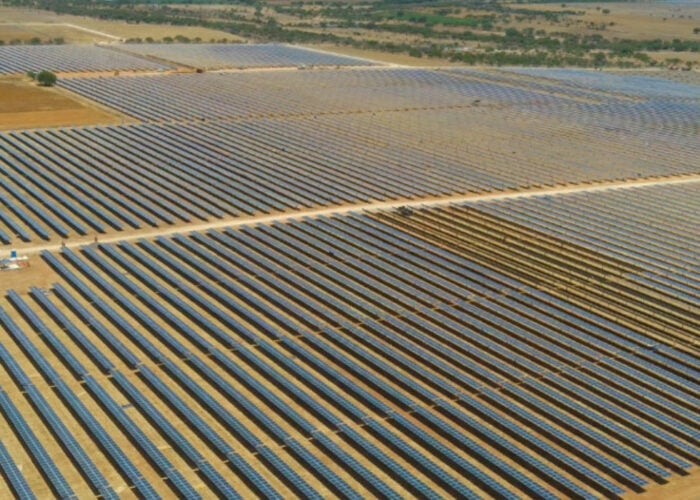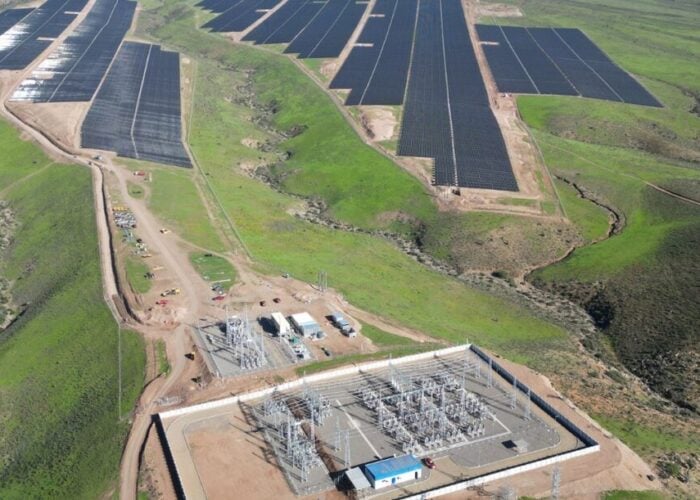
Chinese solar module manufacturer JinkoSolar has agreed to supply 3.8GW of its n-type panels to energy company ACWA Power for use at two solar projects under construction in Saudi Arabia.
The deal will see JinkoSolar provide its Tiger Neo brand of panels, which use a tunnel oxide passivated contact (TOPCon) technology, to the two projects. The panels will be installed at the 2.3GW Ar Rass 2 project, currently under construction in the central province of Al-Qassim, and the 1.5GW Al Kahfah solar farm, which is under development in the country’s Eastern Province.
Try Premium for just $1
- Full premium access for the first month at only $1
- Converts to an annual rate after 30 days unless cancelled
- Cancel anytime during the trial period
Premium Benefits
- Expert industry analysis and interviews
- Digital access to PV Tech Power journal
- Exclusive event discounts
Or get the full Premium subscription right away
Or continue reading this article for free
“N-type TOPCon technology will help ensure our solar projects meet performance goals to provide clean, competitively priced energy for desalination, and hydrogen production as well as to our customers across the Middle East,” said Yunhe Lv, executive vice-president of ACWA China. “We look forward to a much broader, higher level and strategic alliance with JinkoSolar in solar, energy storage and other renewable fields.”
The news is the latest positive development for JinkoSolar, which shipped 52GW of modules in the first three quarters of this year. In the first half of the year, the company sold more modules than competitors Trina Solar, LONGi and JA Solar as it looks to regain its position as the world’s leading module supplier.
The agreement will also be an important step in Saudi Arabia’s Vision 2030, a programme to meet half of the country’s energy needs with renewable power by the end of the decade.
Meeting this target will require considerable investment, with the US Energy Information Administration reporting that, as of 2022, renewables accounted for less than 1% of the country’s energy mix, with natural gas responsible for meeting 67% of energy demand, and oil meeting 33%.






